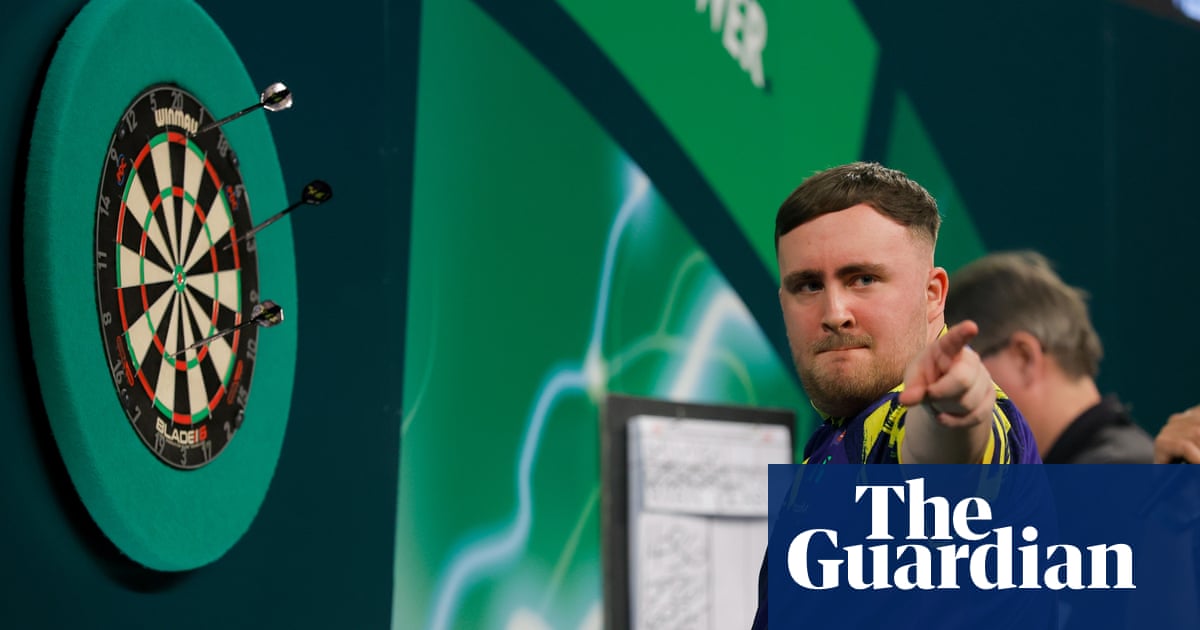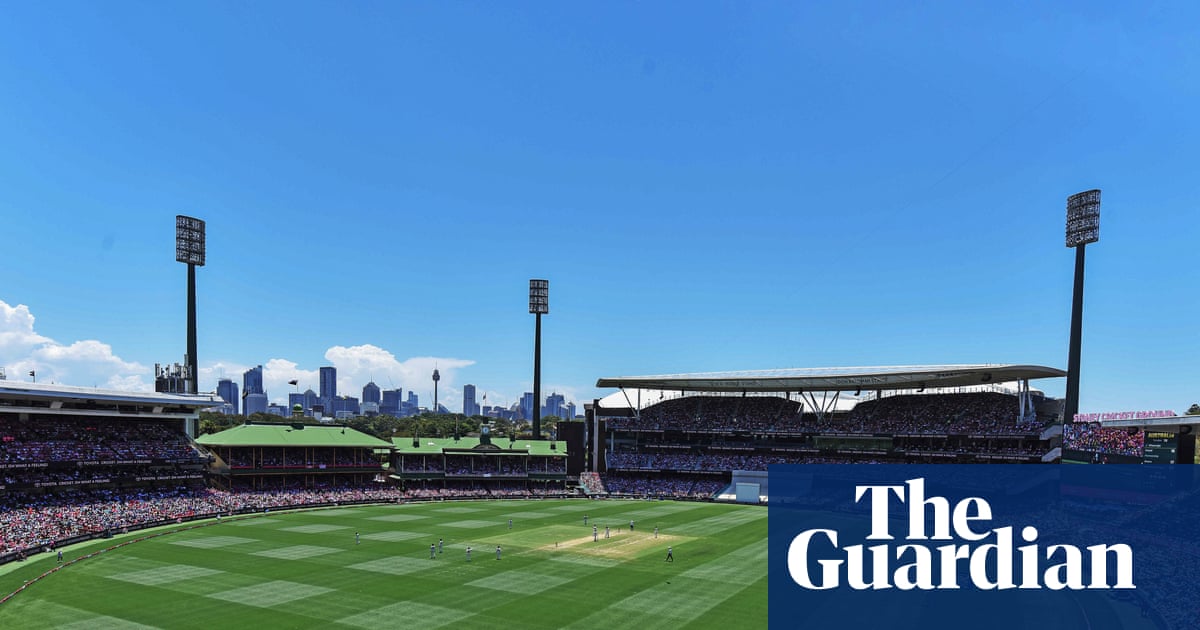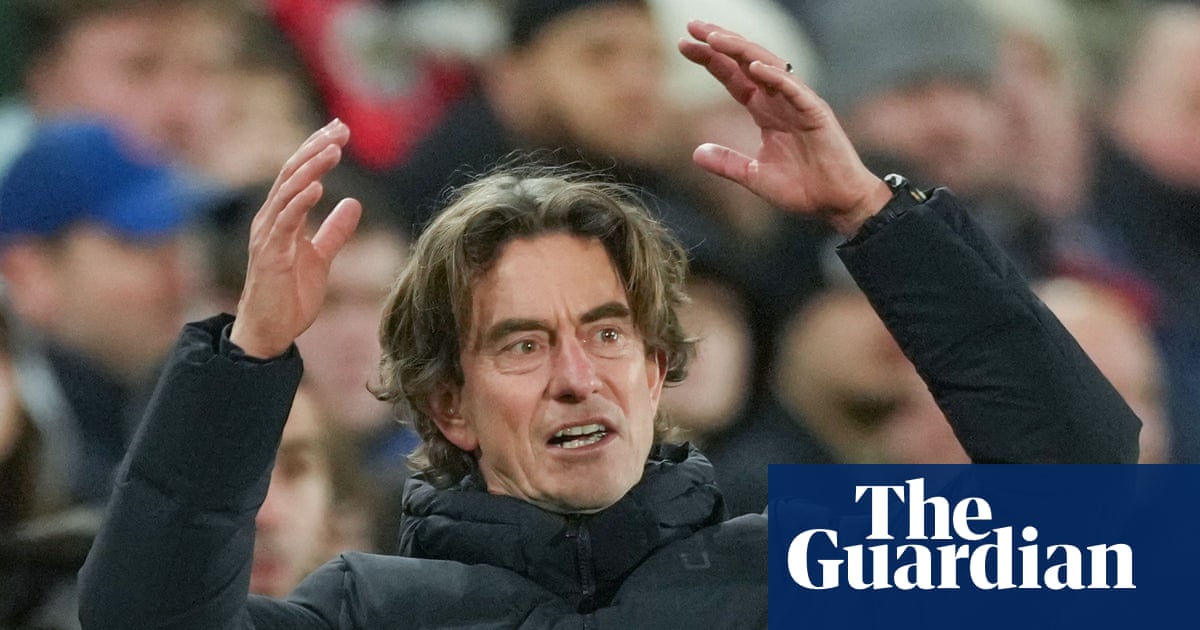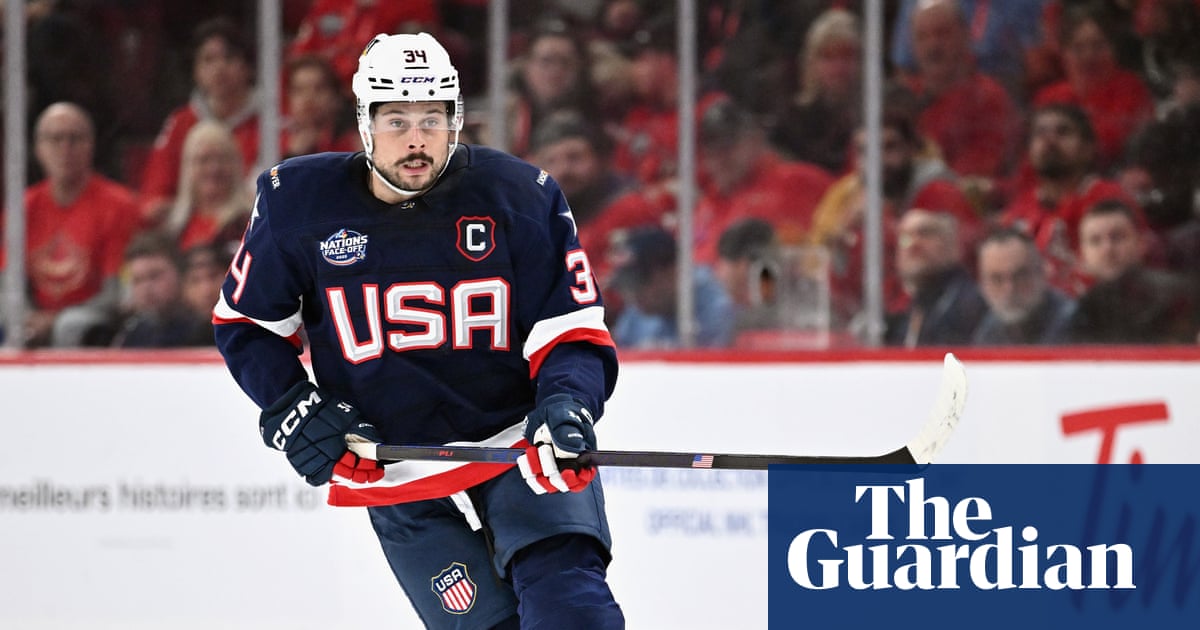“Who is the most prolific player with the initials XG?” asks Oliver Forrest. “And who has the highest goals and assists of players with the initials GA?”
There are only a handful of male* footballers with the initials XG – here is an exhaustive list. The diminutive journeyman Greek midfielder Xenofon Gittas scored 17 goals across his club career (plus three for Greece Under-21s) but cannot match the scoring exploits of Xhevdet Gela, who is our winner with 44 goals across all competitions including the Europa League with the Finnish sides MyPa and Lahti. Unusually, during a spell between 2019-2022 in which Gela was playing for Ekenäs in Finland, he was also the full-time manager of a fourth-tier side, Esbo, a club around 80km away. Gela returned to the manager’s role at Esbo in January this year, although not in a playing capacity.
Details on the former Andorra international defender Xavier Gil are sparse, but he never left the Andorran Primera Divisió and it’s fairly safe to assume that he, the Spanish centre-back Xabi Garalde (who made one appearance in Segunda B for Eibar) and the El Salvador international defender Xavier García (who did score once for El Salvador against the Cayman Islands in a 2014 World Cup qualifier) did not beat Gela’s total. The China international Geng Xiaofeng is possibly the best known footballer on this XG list, but as a goalkeeper did not trouble the scorers.
There are thousands of footballers worldwide with the initials GA, but if we apply a bit of quality control – counting just players throughout history that have appeared at World Cups – there are two names that stand out. First, the German forward Gerald Asamoah, who has 183 goals and assists (113 goals, 70 assists) over a 19-year career, although it should be stated that many of his latter seasons were spent in the lower leagues and the reserve team of Schalke. Our winner, though, is surely Georgi Asparuhov. Nicknamed the Artist, Asparuhov scored 150 goals in 247 league games; he was also prolific in continental competition for Levski Sofia, including goals against Eusébio’s Benfica and Nereo Rocco’s Milan, and netted Bulgaria’s first ever World Cup goal in Chile in 1962, aged 19. We do not know how many assists Asparuhov registered, but he scored 188 goals across his career, which was tragically cut short at the age of 28 when he died in a 1971 car crash.
Perhaps Asparuhov’s most famous goal was against England at Wembley in December 1968. The striker’s solo run started in his own half, continued with him outrunning the entire England defence and culminated in a neat finish into the bottom left corner. Sir Bobby Charlton later reflected: “Players as gifted as him are not born every day. He was an incredible striker,” and in 1999 Asparuhov was voted Bulgaria’s best ever footballer ahead of Hristo Stoichkov, Bulgaria’s sole Ballon d’Or winner. We can only imagine how many the Artist would have gone on to score. You can read more about Asparuhov right here.
In the Premier League, the highest goals and assists of players with the initials GA is comfortably Gabby Agbonlahor with 108 contributions (74 goals, 34 assists).
* It’s much harder to find historical data for women’s football – but if you have any examples of XG goalscorers, drop us a line

Hungary for goals
“The top 10 goalscorers for Hungary all ended their careers in the 20th century,” noted Cameron McGlone. “Which other national teams don’t have a top-10 scorer who has played in the 21st century?”
Peter Tomlin has come in clutch with this one, with the short answer to the question being … none. “I’ve looked through every single national team and their player records and I have concluded that there are no other national teams without a top-10 scorer who has played in the 21st century. There are three countries with eight of their top 10 : Indonesia, Malaysia and Poland.
“For Indonesia, their third-highest goalscorer – Bambang Pamungkas, who scored 38 goals in 86 caps and retired in 2019 – and their fifth-highest scorer Kurniawan Dwi Yulianto (33 goals) played in the 21st century. Malaysia’s joint-sixth highest scorer Safee Sali scored 23 goals in 76 caps before retiring in 2022 and their eighth-highest, Safawi Rasid, is still playing. He has 22 goals in 70 caps.
“Poland’s all-time top goalscorer is Robert Lewandowski who has 86 goals in 160 appearances, with his latest coming in the World Cup qualifier versus Finland this month. The only other 21st-century footballer in the Polish top 10 is Jakub Blaszczykowski who is joint-ninth, with 21 goals in 109 games. He retired in 2023.
“It could be argued that the national side of Niue have no goalscorers in the 21st century. They have no goalscorers at all as they have only ever played two matches and lost them 0-14 to Tahiti and 0-19 to Papua New Guinea!”
Different kits in the same match (part two)
After last week’s leading question on which teams have worn parts of three different kits in the same match, a few more of you have been in touch.
“In the infamous Manchester United ‘grey shirts’ match against Southampton, they didn’t actually wear the full grey kit,” writes Mike Morris. “Instead it was the grey shirt, white shorts from the home kit, and white socks from … well, no kit at all actually. United changed to the third kit in the second half, meaning they wore bits of four separate outfits.”
after newsletter promotion
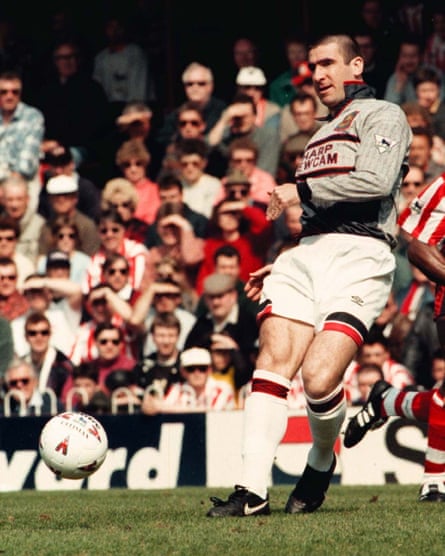
“When Bournemouth and Boscombe Athletic beat Accrington Stanley 2-0 in a FA Cup third-round tie at Dean Court on 5 January 1957 they hadn’t realised that in those days when there was a clash of colours it was the home team that had to change their kit. Seemingly Boscombe didn’t have a second strip so someone was urgently despatched to Portsmouth to borrow a set of blue shirts from Pompey, complete with their iconic badge, and that’s what they wore for the game. It must have been a good omen because they embarked on their best ever FA Cup run, beating Wolves and Spurs, before finally falling to Manchester United in the sixth round (by which time they had purchased a set of white shirts).”
“Chelsea had a rule from 1964-65 that away teams could not wear the same socks, ie white, as them,” notes Martin Moran. “Spurs played at Stamford Bridge many times in all white with yellow socks. Here’s a video from 1971. Tottenham’s away kit was all yellow and they only two kits back then.”
“Not quite the same thing, but in 2013 when Barnsley played Palace at Selhurst Park the referee decided that none of Barnsley’s kit was suitable because of the colours so they had to buy Palace’s yellow away kit at the club shop,” emails Barnsley fan Lee Booids. “I think that Palace charged them for the kit and Barnsley kept their red socks. I remember the Palace fans singing: ‘Are you Palace in disguise?’”
“Whilst not an answer to this question, it did remind me of a match I attended where the home side was forced to wear their away kit at home in 1993,” adds Roger Kirby. “Sheffield Wednesday wore a strip that was specifically commissioned for the Premier League match by sponsors (as it was still a novelty to be on the telly). This strip had very dark blue stripes and Wednesday didn’t take a change kit with them. As a result, Newcastle were required to wear their blue change kit to avoid a clash of striped jerseys. I think the away team should have played skins.”
Knowledge archive
“The 1957 Floodlight Cup final in Germany between Frankfurt and Schalke was decided on the number of corners won (8-6 to Frankfurt) after the tie finished level on aggregate,” wrote Andrew Burrows back in 2020. “Any other unusual ways of deciding matches or tournaments?”
Paul Nash winds the clock back to early in the 1992-93 season and the curiosity that was the Anglo-Italian Cup. “Bristol Rovers lost to West Ham on a referee’s coin toss!” yelps Paul. “They had finished the English group stage on the same points and same goal difference. Rovers were a heads away from a European tournament with some relatively big names – Reggiana and Bari (who had David Platt playing for them the season before) – and it was made even worse that neighbours Bristol City qualified. Everyone I’ve told in the intervening 30 years doesn’t seem to grasp the magnitude of it.”
Can you help?
“On 13 September 2025 Andrew Tod scored a hat-trick for Dunfermline v Arbroath,” notes Ian Golightly. “His father, Andy Tod, scored a hat-trick for Dunfermline v Dundee on 1 January 2005. Are there any other examples of a father and son who have both scored a hat-trick for the same club?”
“On Saturday there were eight league fixtures in London (Arsenal, Palace, Fulham, West Ham, Brentford, Charlton, Wimbledon, Orient),” writes James Bolle. “This is 19 per cent of the 42 English fixtures taking place that day. Has there ever been a higher proportion of professional fixtures played in one city? And with Spurs, Chelsea and Millwall being the away teams in three of these fixtures, only two out of 13 London teams playing are leaving the capital (QPR and Barnet). Has there ever been a more London-centric day of football for London league teams?”
“I just read that Liverpool are the first side in Premier League history to win four consecutive games thanks to winning goals scored in the final 10 minutes or later,” emails Boris Cule. “I was wondering if anyone won five (or more) games in a row with such late goals in the pre-Premier League era, in the lower divisions, or elsewhere around the world.”
“Both Sheffield teams are rooted to the bottom of the Championship,” writes Joe Scott. “Should this continue, it would be the first time both Sheffield sides have been relegated in the same season. I wonder if a city has had this happen before? In a similar vein, which relegation trio has had the tightest geographical spread?”
-
Mail us with your questions and answers

 3 months ago
168
3 months ago
168


